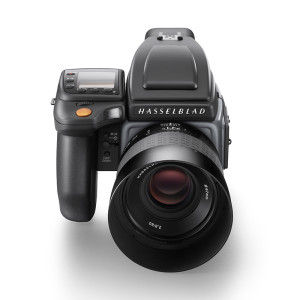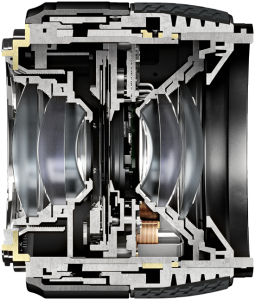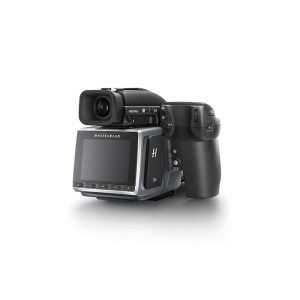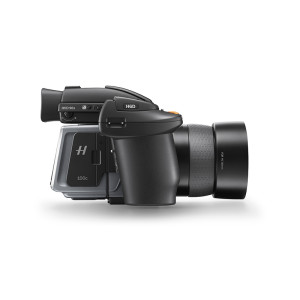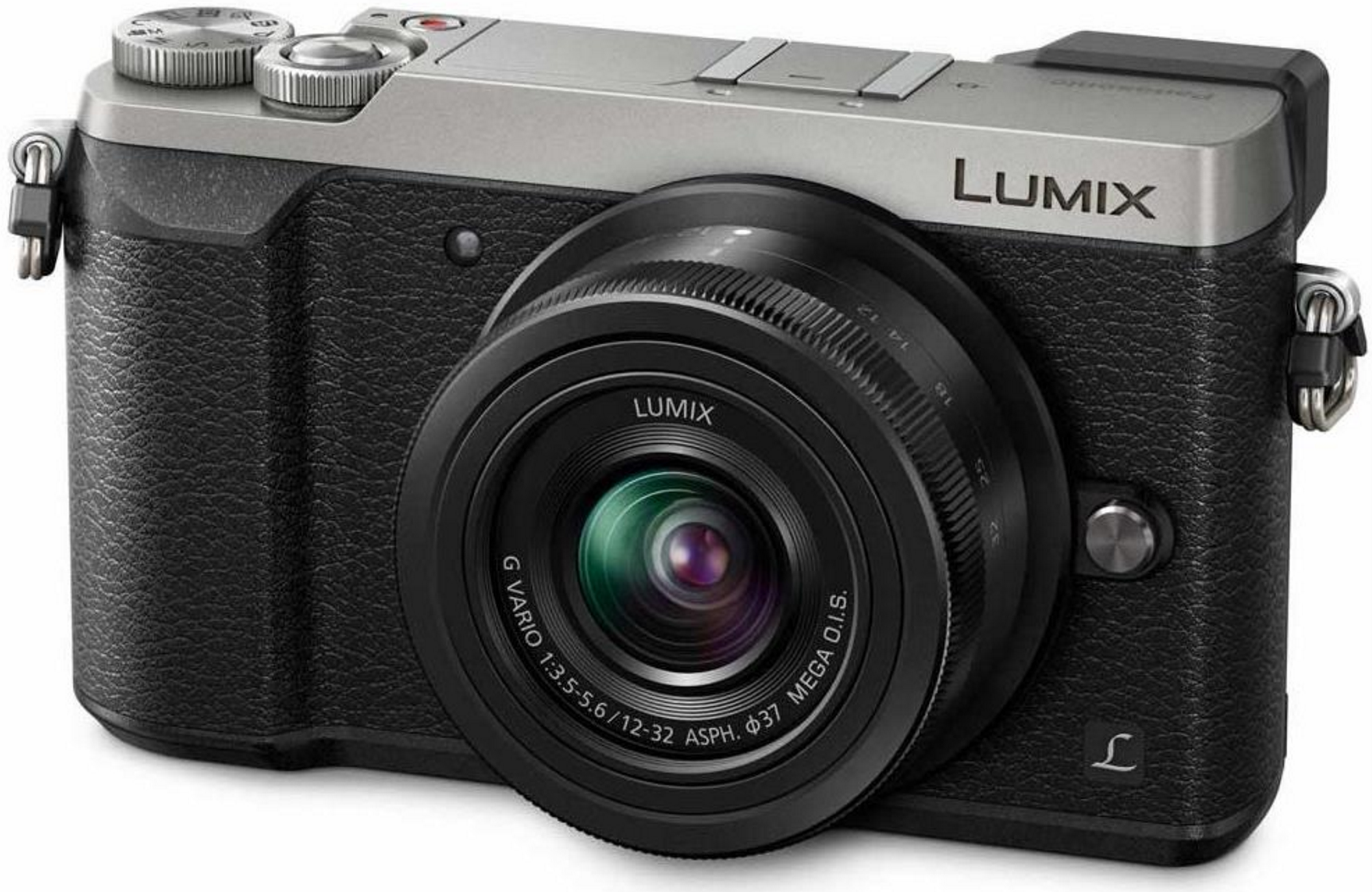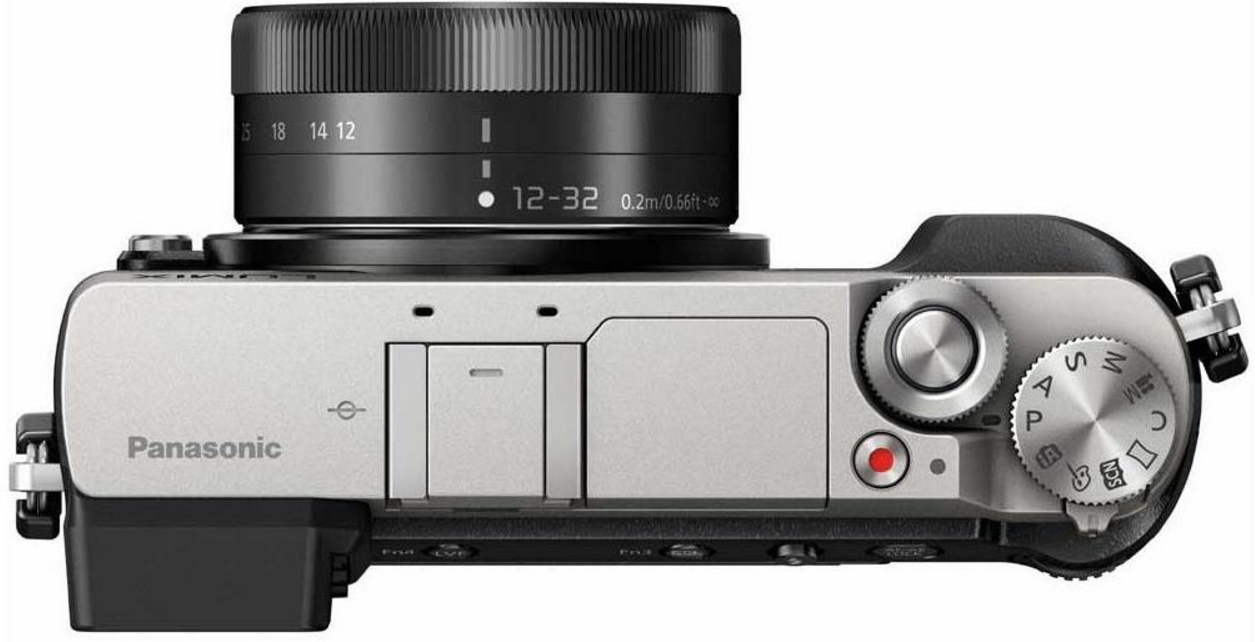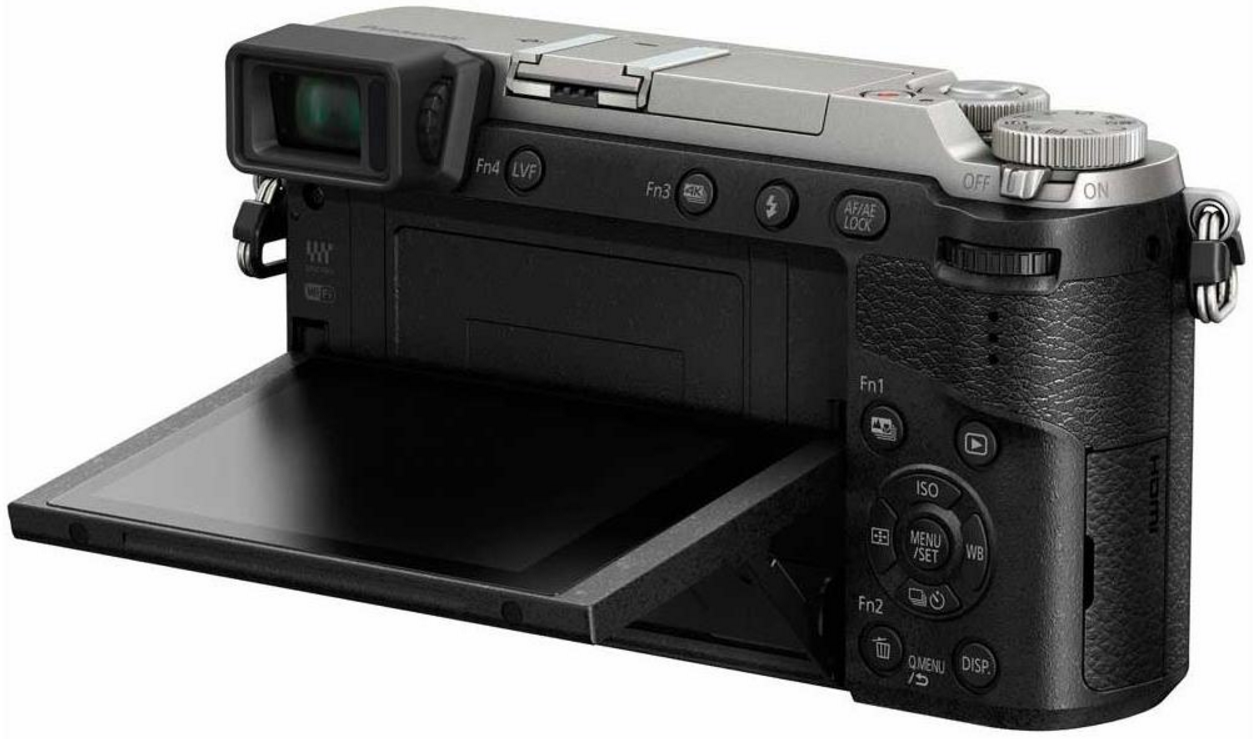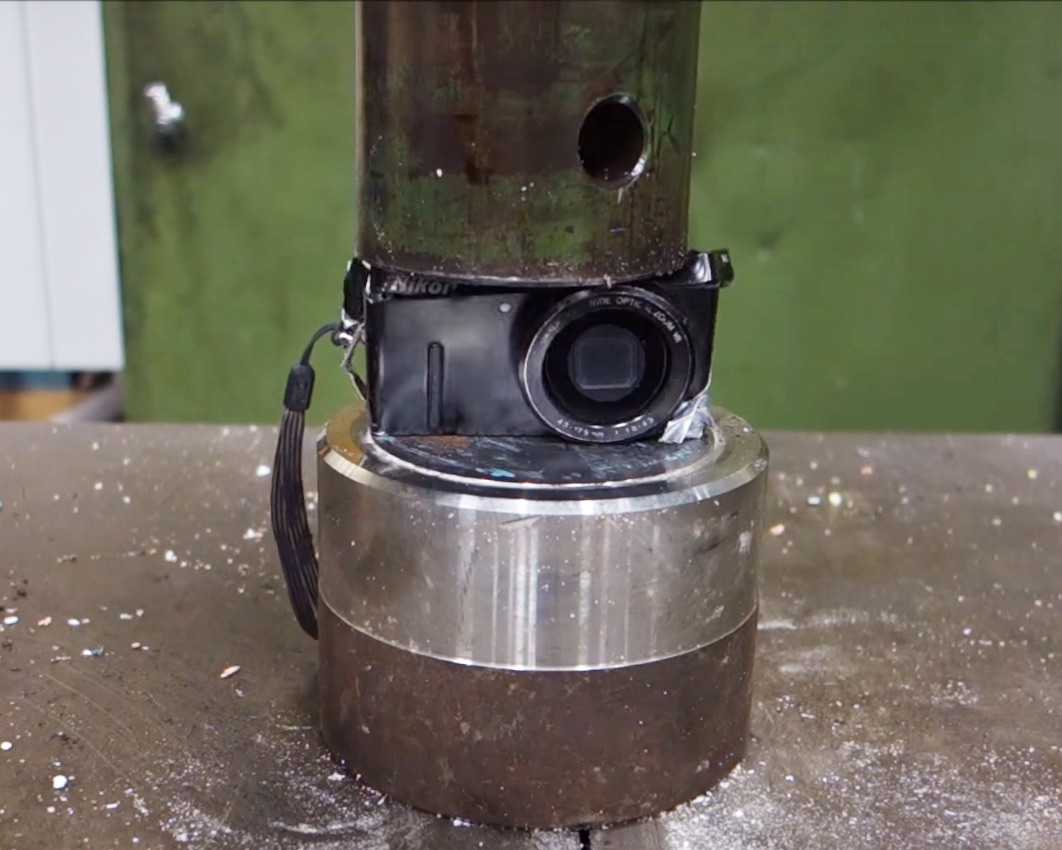
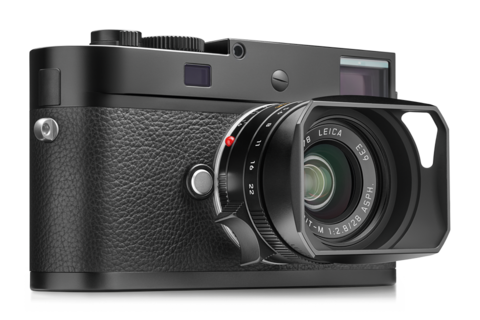
Leica has announced it’s latest addition to the digital “M” rangefinder line in the “Leica M-D” (Typ 262). The luxury camera maker has quieted the bells and whistles on it’s new M-D by omitting such pesky features as a rear display and menu system of any type. The resulting no frills body is a clean design that looks much more like the film M’s of the past then any modern variant.

According to Leica – “no other camera manufacturer is dedicated to focusing on ‘Das Wesentliche’ – the sheer essentials of photography. As a result, Leica has developed the Leica M-D: a camera that delivers photography in the most consistent way. A camera that offers no more and no less than the most important features, and represents a state-of-the-art digital rangefinder”
Controlling the camera is straightforward. There is a thumb-wheel for shutterspeed and aperture is selected manually as on all “M” systems. ISO selection occupies the space typically reserved for the rear display and the ISO dial’s design harkens back to the Leica film M’s ISO/ ASA selector. The top-plate does include a hotshoe and the front of the camera spots a self-timer typical of those found on classic film bodies.

Photographers interested in shooting some occasional video will need to look elsewhere. In typical “M” fashion there is no video capture to speak of unless shooting stop-motion at a blazing 3 fps in your thing.
Leica has distilled it’s latest cameras form to such a degree that it’s even left off it’s signature circular red script “Leica” badge from the front of the black on black shooter with the goal of an “unobtrusive appearance”.
Inside the handcrafted body you’ll find Leica’s 24mp full-frame CMOS sensor and Leica Maestro image processor. The image files created by the combo are DNG RAW only, presumably because offering jpegs as an option would require a menu of some sort.

So I know what your thinking. With every modern convenience and feature gutted from this new camera, the M-D is going to be the first interchangeable lens, German made digital M to be affordable for the masses………. well, not so much. Pricing for the body only Leica M-D is listed at $5,995 usd via authorized dealers. The good news is that it’s available now.
If you’re interested in handling the new Leica M-D you can find a list of authorized dealers via Leica’s website at us.leica-camera.com

